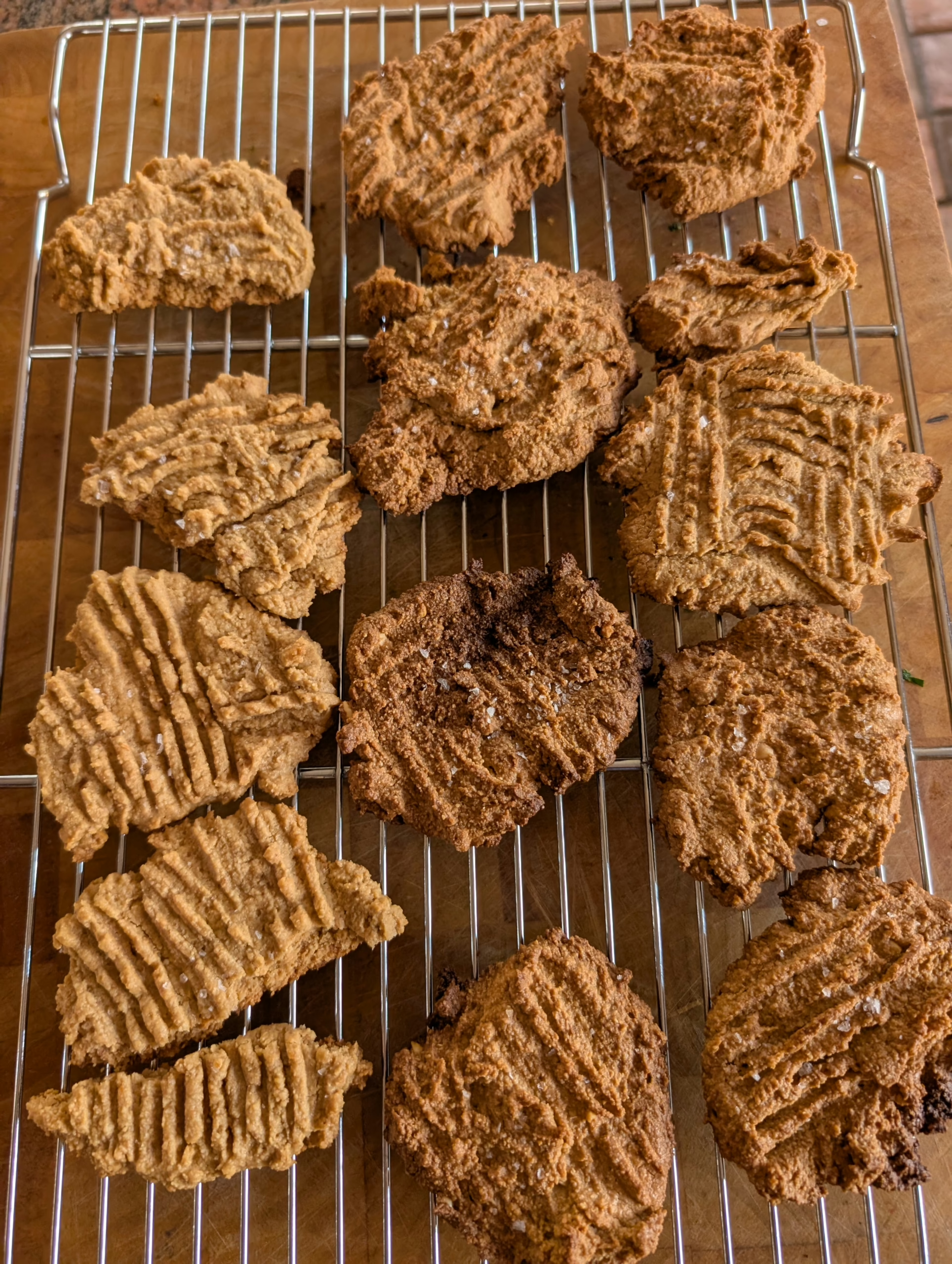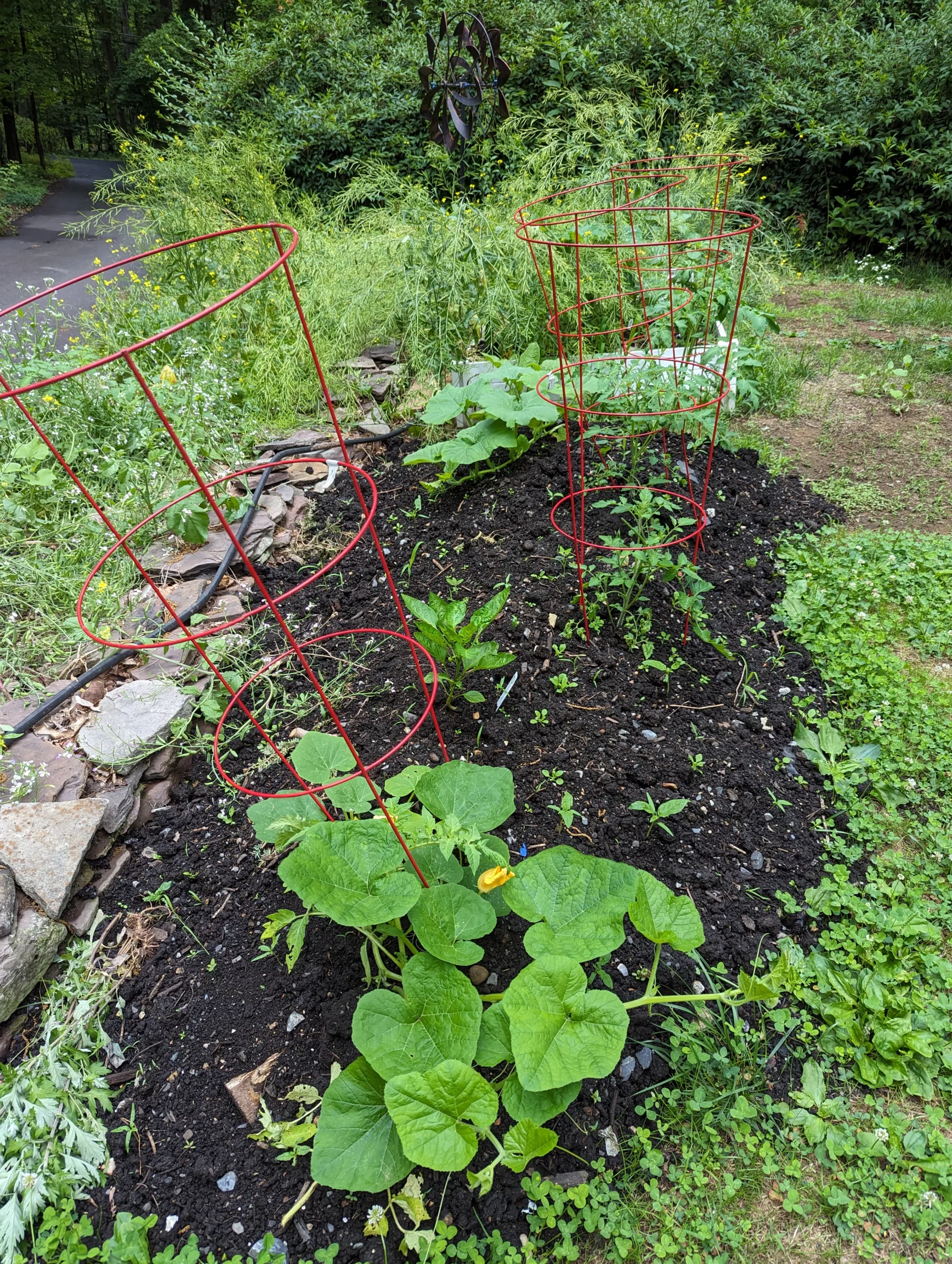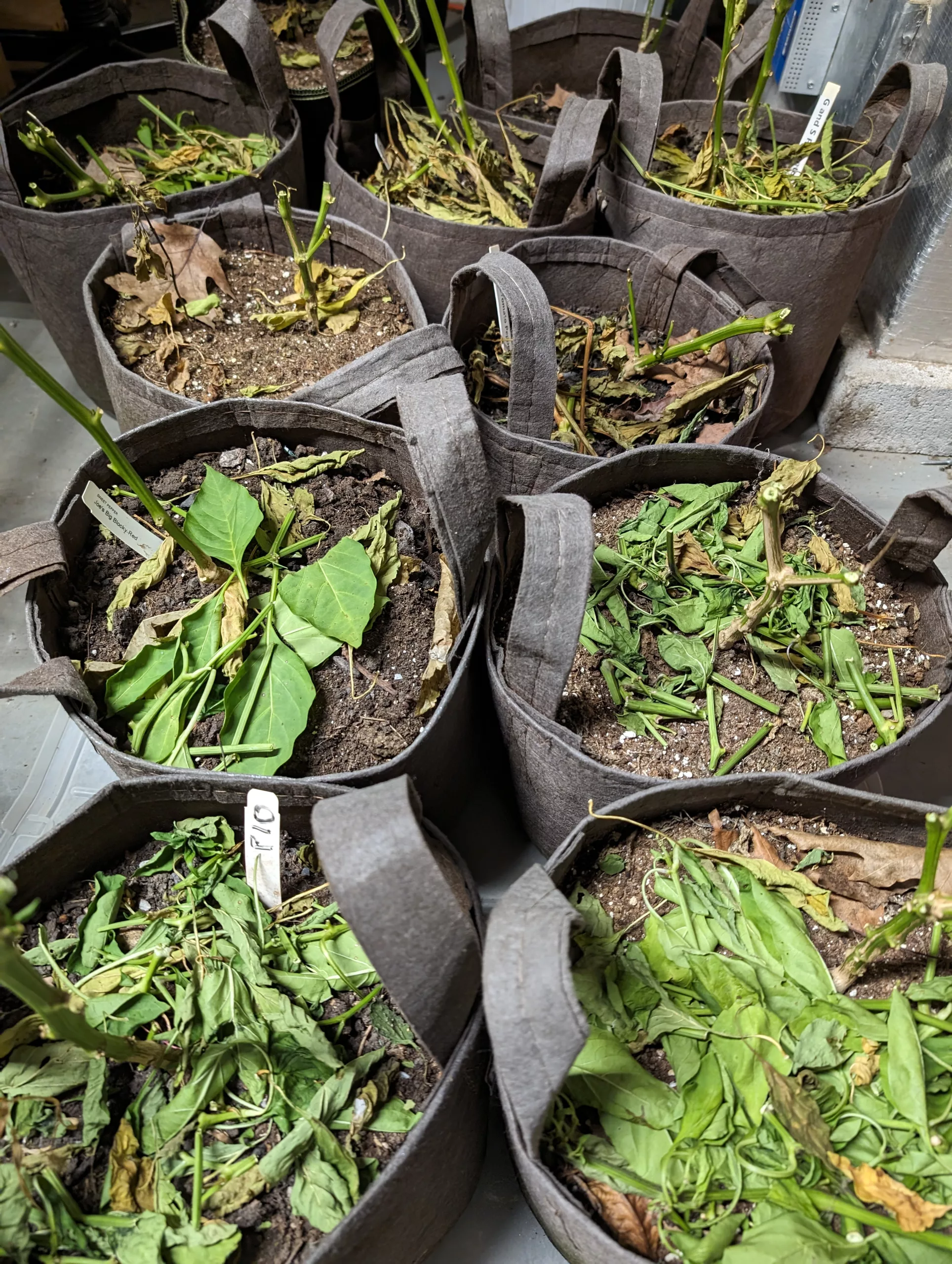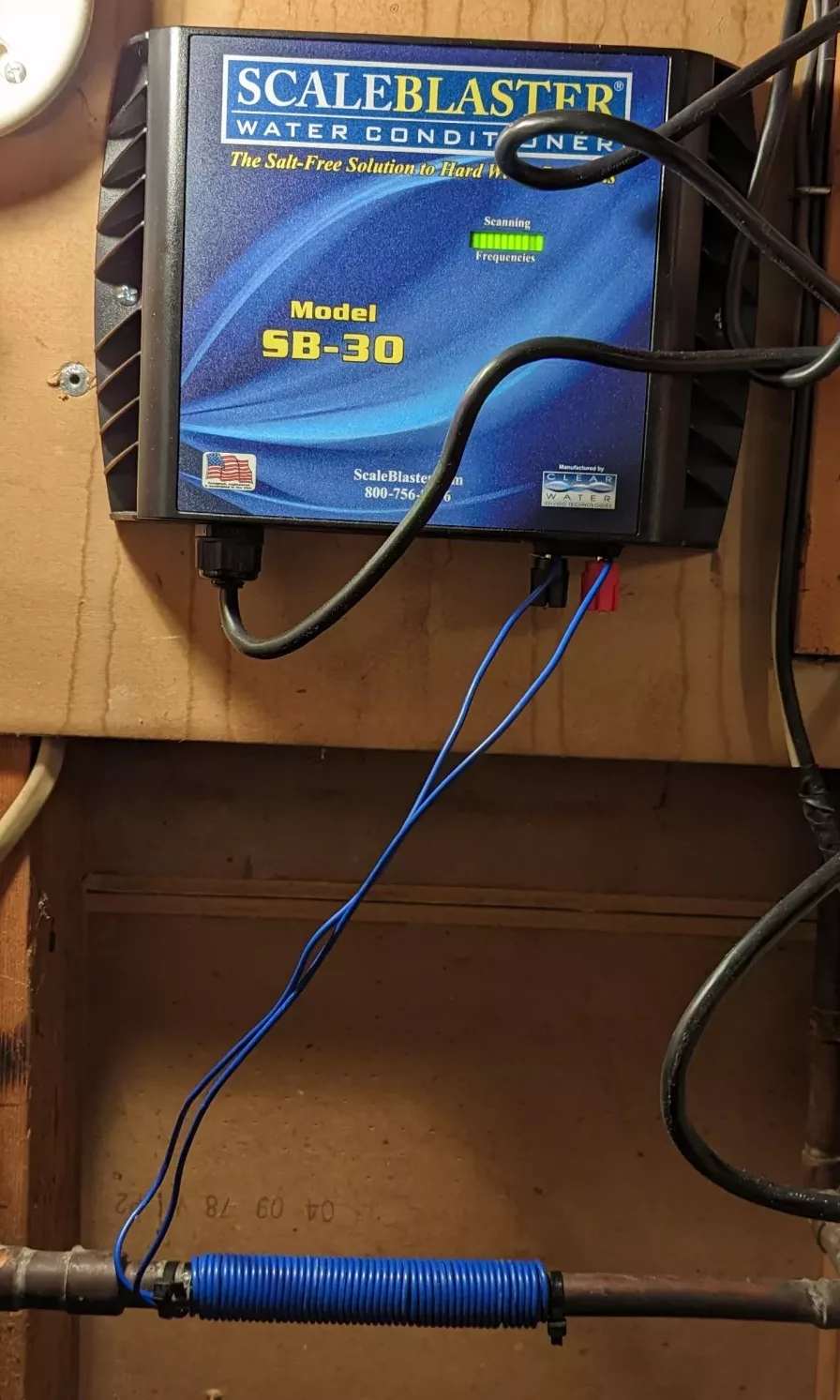It’s January! That means it’s time to start planning the upcoming garden season. Planning a gardening season is one of the most important factors in helping you guarantee that it’s successful. In this article, I’m going to describe the process I use in planning a gardening season. I’m going to assume that you already have a gardening space setup and that you have at least one season under your belt. On to discussing the things that I do in an effort to improve every year.
Evaluate Your Past Season
The first step in planning a gardening season is evaluating your last season. Did you have enough space to grow everything that you wanted to? What grew well? What went wrong related to pests or disease? Did you have enough time to tend to the garden effectively? Being honest about your failures (and successes) will go a long way in helping you become a better gardener.
Identify Your New Season Goals
After evaluating your past season, it’s time to set goals for the upcoming season. Maybe you need more gardening space? Perhaps you had a new issue that you had to deal with and want to figure out a way to prevent that from happening again? I often have recurring issues and I’m constantly trying new things in order to find more effective solutions. Each year, I find that I want to try my hand at growing something new. Also, every season, I try to convert one more area of my growing space into a more permaculture inspired food forest that doesn’t really require my constant intervention. No matter what else I identify as goals, I’m always trying to figure out ways to save more time while still generating the same amount of (or hopefully more!) crops.
Create a Plan
Now it’s necessary to take your goals and create a plan for your gardening season. Evaluating your past season provides important information for this step. It goes without saying, that it is crucial to understand the planting dates that you need to hit for your gardening zone. Maybe you started seeds too late last year? Or you were so excited to get started that you lost something put outside a bit too early? Having a plan helps account for these types of issues. I discuss my “Planting Calendar” approach for this below.
You’ll need to factor in any infrastructure based projects keeping this in mind. It’s great when some of these projects can be researched/worked on before your actual gardening season begins. If this can’t be done, you’ll need to identify the best place to fit these in during your season.
Obtain Seeds
If you need to buy seeds, January is the latest to start thinking about purchasing if you want the best selection. I determine the list of what I need to order by first evaluating what I already have from prior seasons. This is easy to do because I maintain a seed inventory spreadsheet for each gardening season. Before I make my order, I’ll take the seed inventory from the prior season and go through row by row to see if I still have any of the original seeds from that row remaining. If I don’t, and I haven’t saved any seed from that crop in the prior season, I’ll delete that row from a copy of the spreadsheet.
It’s important to keep track of how old your seeds are. Seeds of different plants also have different viable lifetimes that you will need to be familiar with. This is why my seed inventory spreadsheet has a column for tracking the year that the seeds were purchased/harvested in. So if I’m using harvested seeds, I’ll be sure to update the year in that spreadsheet accordingly. After making these updates, you can go through the spreadsheet and identify what seeds you need to acquire for the upcoming season.
Organize
The seed inventory spreadsheet is just the starting point for your plan for the upcoming gardening season, so it’s important to keep everything organized. I manage my full plan for the gardening season in Google Drive. I create a folder for each year. This folder contains the seed inventory spreadsheet for that year, but also is the spot where I add everything related to that gardening season. At a bare minimum, this will include my seasonal gardening journal. I’ll discuss this more in the “Track Your Progress” section below.
So why is it important to have an organization plan? We’ve kind of defined ‘what’ you want to plant, but we haven’t really addressed ‘when’ (or ‘where’). We also haven’t even discussed non-planting projects for the gardening season.
Planting Calendar
As I mentioned above, it’s important to understand your gardening season schedule in terms of your particular weather climate. I maintain a planting calendar for my particular micro-climate of Zone 7a. I’ve adjusted this over the last few years of gardening here to reflect my success growing on the northern slope of a higher point in Montgomery County. I keep a master copy of this outside of my specific gardening season folders unless there’s a reason to create a more specific version tailored to the season.
Where to Plant?
Most crops, especially outside of a permaculture garden, cannot be planted in the same spot year after year. You’ll need some way of tracking where each crop was grown in each season so that you can move them to a different section. In many cases, this isn’t as simple as just ‘don’t plant tomatoes here every year’. There are certain families of plants that shouldn’t be grown in the same spot. There are also anti-companion plants that aren’t even in the same family. A great introductory resource on the ins and outs of companion planting is “Carrots Love Tomatoes”.
In addition to rotating your crops, identifying any microclimates that you may have is a good idea. Taking advantage of microclimates can effectively extend your gardening season. At the bare minimum, leveraging microclimates can help you save time in your gardening endeavors. Crop rotation into and out of microclimates can impact the dates in your planting calendar, so be sure to note this in your gardening journal for the season.
Infrastructure Projects
One thing that can require season specific updates to the planting calendar are infrastructure projects. If I’m building a new garden bed, automated system or a more extensive permaculture project, I’ll use my main planting calendar to determine the absolute latest point for when the project needs to be completed. If I’m lucky, I’ll be able to find a time that’s less busy from a planting perspective. All plans and research for these projects is stored in my gardening folder for the season. This way, I can refer back to when these projects were completed for any details that I may have forgotten.
Once the research for these projects is completed, I can then start ordering the necessary supplies. During this research phase, I also plan out what non-seed consumables I need to replace for the season. This could be soil/amendments, replacing any broken tools/supports. Growing new crops, or even changing where prior crops were grown may also require you to purchase more containers and/or supports.
Track Your Progress
After you have a way to keep everything organized, it’s finally time to get started! Follow your planting calendar and evaluate what tasks you need to complete on a weekly basis. As I already mentioned, I start buying seeds no later than January. Germination for some things begins not long after. I try to extend my seasons by making the most of indoor gardening. Just remember that the key to improving each year is to track your progress!
Tracking for me starts with my seed inventory spreadsheet. Each seed that I grow, I assign a simple tracking code to. This can be something as simple as T02 (i.e. the second tomato variety that I’m growing in this season). There is a column for this in my spreadsheet. This serves as a shorthand for me to track what I’m doing with every variety without referring to the full variety name everywhere.
Seed Starting
I start my seeds in 72 cell germination stations. Without an easy way to keep track of things, it’s very easy to lose sight of exactly what you’re growing. I’ll create a new sheet in my seed inventory spreadsheet each time I start a new germination station. I’ll label this sheet with the date the seeds were started and then put the shorthand for each seed into a cell in the spreadsheet that corresponds to the grid layout of the germination station. If you move your seed starting trays, it’s also a good idea to mark them in a way so that you can always guarantee that it’s aligned with the grid on the spreadsheet.
Transplanting
Eventually, your seeds will need to be transplanted. If I move them to containers, I label the container with my shorthand code. When I ultimately plant the plants in the garden, I have 3D printed garden stakes that contain the shorthand code. This allows me at any time, to identify the exact variety of what’s being grown for future note taking.
Keep a Journal
Tracking where you plant your plants is only one part of battle. You will also need to be observant about any disease or pest issues that arise throughout the season. Maybe you notice that one variety is not as productive as you would like? It’s great to take as many notes as you can about these situations so that you can determine a better plan for the next season. For this I keep a gardening journal. This started out as a hand written notebook for me, but now I have a running document in my Google Drive folder. I’ll note down the day and put as much information as possible. Note the shorthand for the plant, anything notable about the weather so far, microclimate, etc.
Over the last few seasons, I’ve participated in several citizen scientist grows for different organizations. When I obtain seeds for these trials, I denote which organization it is for in my seed inventory spreadsheet. This is a reminder to me that anything I do with these seeds needs to adhere to the trial conditions specified by the organization that provided the seeds. None of my typical experimenting is allowed here during the season of the trial.
SeedLinked
Initially, for these trials, everyone tried to provide feedback at the end of the season based on their own form of note keeping. In an effort to streamline this, almost every organization has coalesced around using the SeedLinked platform to do this now. I still keep my electronic journal, but many of the plant specific items that I note in the field are done using SeedLinked. If you start using SeedLinked, be sure to search for me on that platform.
Conclusion
My gardening success as improved immensely since I’ve started following this fan. It helps me question assumptions and keep track of things that I need to research further. Doing something like this is necessary in order to be effective as a seed growing trial participant. Do you have some tips for planning a gardening season that I haven’t covered here? Are you interested in participating in some citizen scientist gardening trials? Interested in discounts on gardening gear? Drop me a line and let me know!




